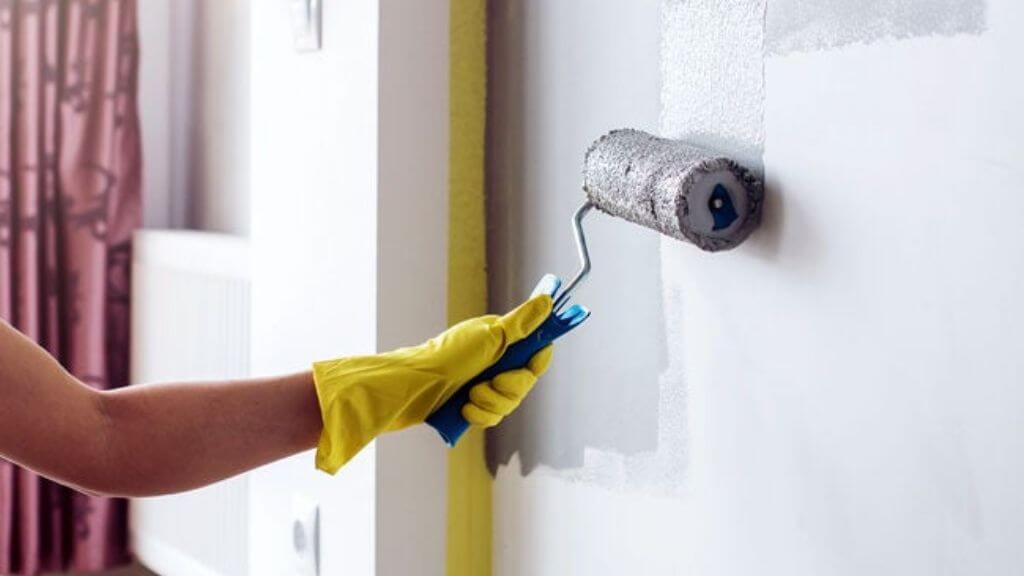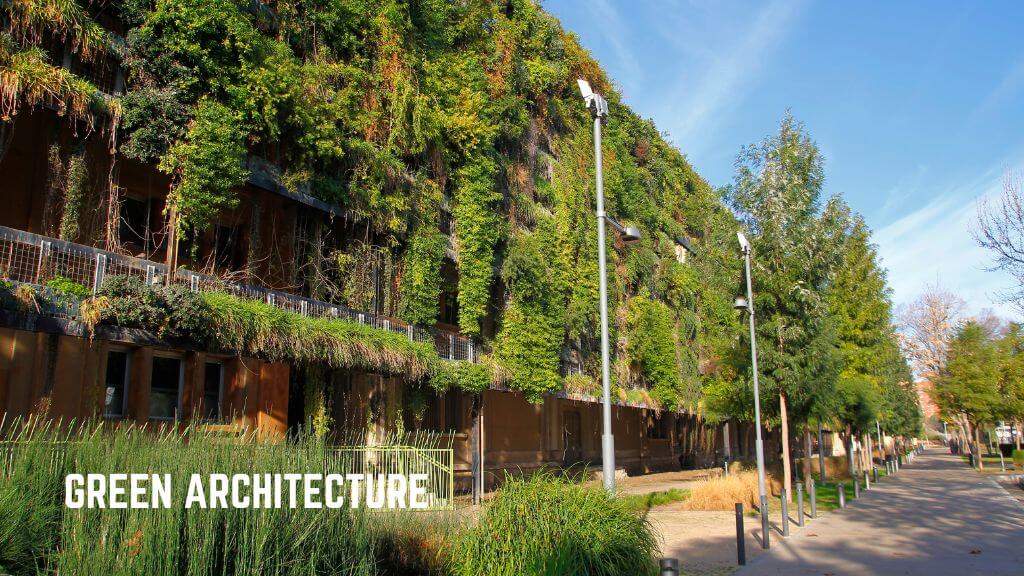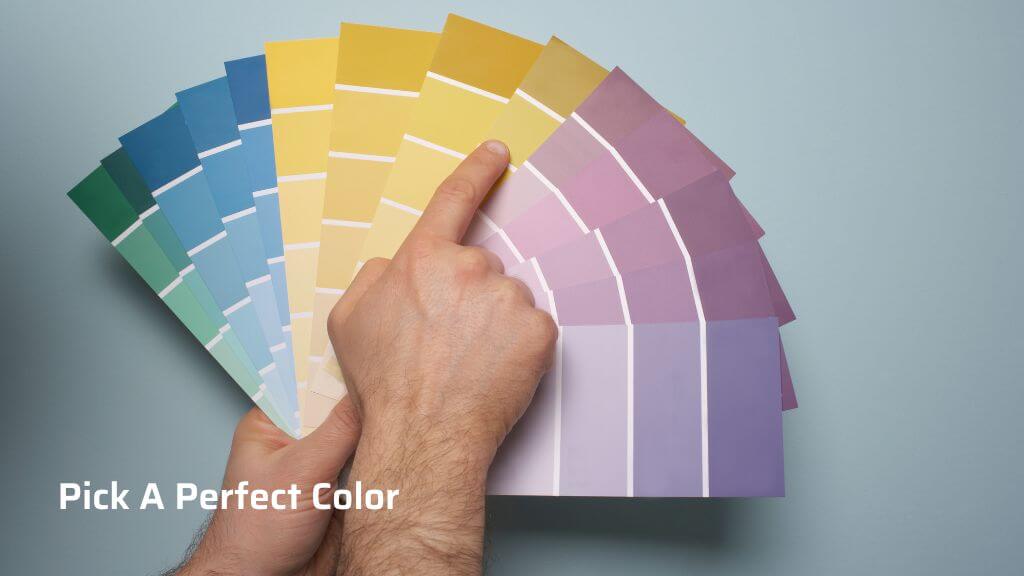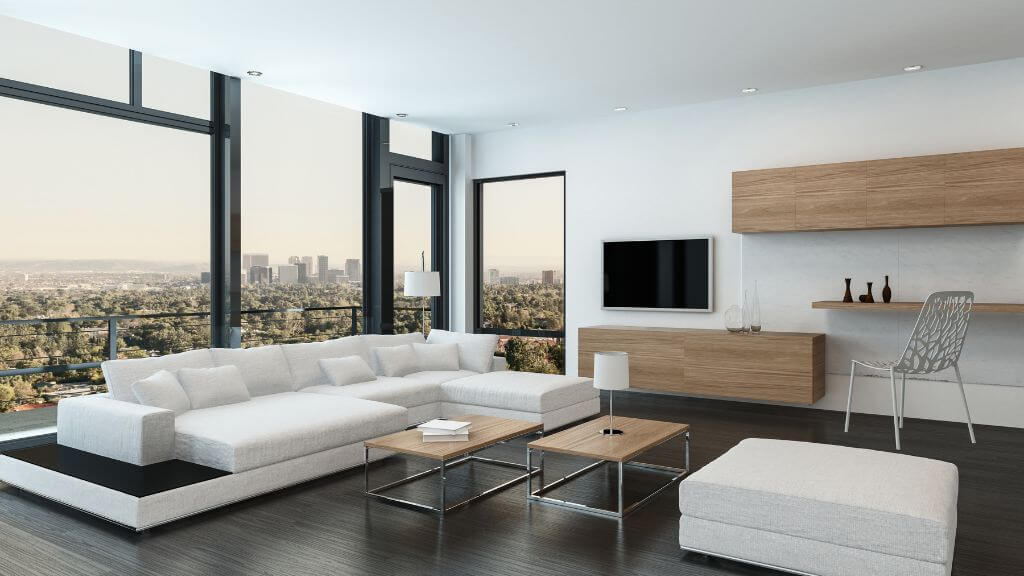1. Why does paint dry darker or lighter?
It’s a common question when painting: why does paint dry darker or lighter? The simple answer is that it’s due to evaporation. When paint is first applied, the solvents in the paint are what allow it to be liquid. These solvents start to evaporate as the paint dries, and as they do, the paint becomes thicker and more concentrated. The color of the paint can appear different once the solvents have evaporated completely and the paint has fully cured.
There are a few other factors that can affect the color of paint as it dries. One is the type of paint you’re using. Some paints, like latex paints, are designed to dry lighter than they appear when wet. This is because latex paint is made with water-based pigments, which can become more concentrated as the water evaporates. Other types of paint, like oil-based paints, tend to dry darker. This is because the pigments in oil-based paints are more concentrated to begin with, so they don’t change much as the solvents evaporate.
The other factor that can affect the color of paint as it dries is the surface you’re painting on. If you’re painting on a dark surface, the paint will dry darker. If you’re painting on a light surface, the paint will dry lighter. This is because the paint is reflecting the color of the surface it’s being applied to.
So, if you’re wondering why your paint is drying darker or lighter than you expected, it’s most likely due to evaporation or the type of paint you’re using.
2. How does paint dry?
Have you ever wondered how paint dries? It’s a pretty simple process, but there’s a lot happening on a microscopic level. Here’s a quick rundown of what happens when paint dries:
1. The solvent (water or oil) in the paint starts to evaporate.
2. As the solvent evaporates, it leaves behind the solid particles of pigment and resin.
3. The solid particles start to interact with each other, forming a network that traps the solvent and starts to bind the pigment together.
4. As the solvent continues to evaporate, the network of solid particles becomes more and more compact, and the paint starts to harden.
5. Once all the solvent has evaporated, the paint is fully dry.
So that’s the basics of how paint dries. But what about when you’re trying to achieve a particular color with your paint? Does paint dry darker or lighter?
The answer to that question depends on the type of paint you’re using. If you’re using an oil-based paint, it will dry slightly darker than it appears when wet. This is because the pigments in oil-based paints are more concentrated than in water-based paints.
Water-based paints will dry lighter than they appear when wet. This is because the water evaporates, taking some of the pigment with it. The result is a lighter color.
Keep in mind that these are generalizations, and your results may vary depending on the specific paint you’re using. If you’re unsure, it’s always best to test the paint on a small area before painting your entire project.
3. What are the factors that affect how paint dries?
It is a common misconception that paint dries darker than it appears when first applied to a wall. In fact, paint often dries lighter than it looks when first applied. The reason for this is that paint dries by evaporation, and as the water or other solvent in the paint evaporates, the paint becomes thicker and more concentrated, which can make it appear darker.
There are several factors that can affect how quickly paint dries and how dark or light the final color will be. One of the most important factors is the type of paint you are using. Water-based paints will usually dry lighter than oil-based paints, for example. The thickness of the paint also plays a role in how it dries. Thicker paints will often appear darker than thin paints after they have dried.
The temperature and humidity of the room where the paint is drying can also affect the final color. If the room is very warm and dry, the paint will likely dry lighter than if the room is cooler and more humid. The type of surface you are painting also makes a difference. Darker colors will usually show through lighter colors more on porous surfaces like wood than on non-porous surfaces like glass.
Finally, the paint itself can affect how dark or light it dries. Some paint brands are known for drying darker than others. So, if you are trying to achieve a specific color, it is important to test the paint on a sample surface before you begin painting.
4. How can you avoid paint drying darker or lighter than expected?
It’s common for paint to dry darker than it appears when first applied to a wall. This is because paint dries by evaporation, and as it does, the color deepens. The type of paint also affects how much the color changes as it dries. Dry time also plays a role in how much darker paint gets as it dries.
To avoid paint drying darker than expected, start with a lighter color and use multiple thin coats rather than one thick coat. If you’re unsure about a color, try painting a small section first to see how it looks as it dries. You can also add a white tint to paint to help lighten the color.
5. Conclusion
It’s a common question asked by painters everywhere – does paint dry darker or lighter? The answer, unfortunately, is not a simple one. It all depends on the type of paint you’re using, the color of the paint, the type of surface you’re painting on, and a variety of other factors. In general, though, paint does tend to dry a little darker than the color you see in the can.
If you’re trying to achieve a specific color with your paint job, it’s always best to test out a small area first. This way, you can see how the paint dries and make any necessary adjustments to your technique.



